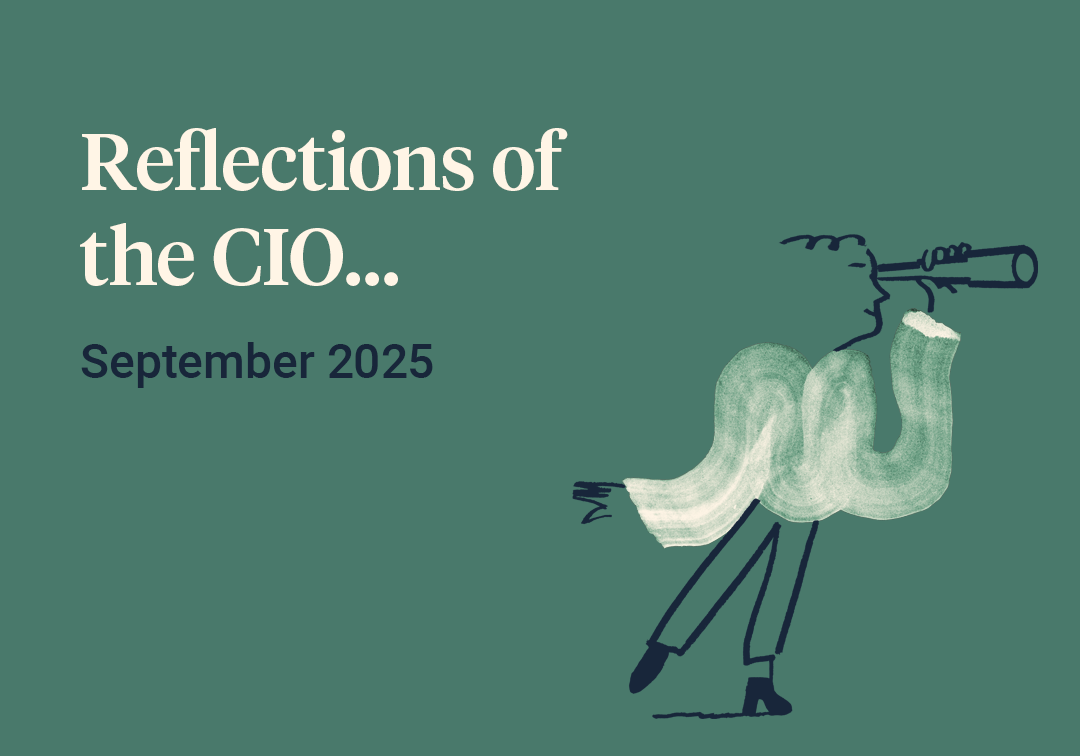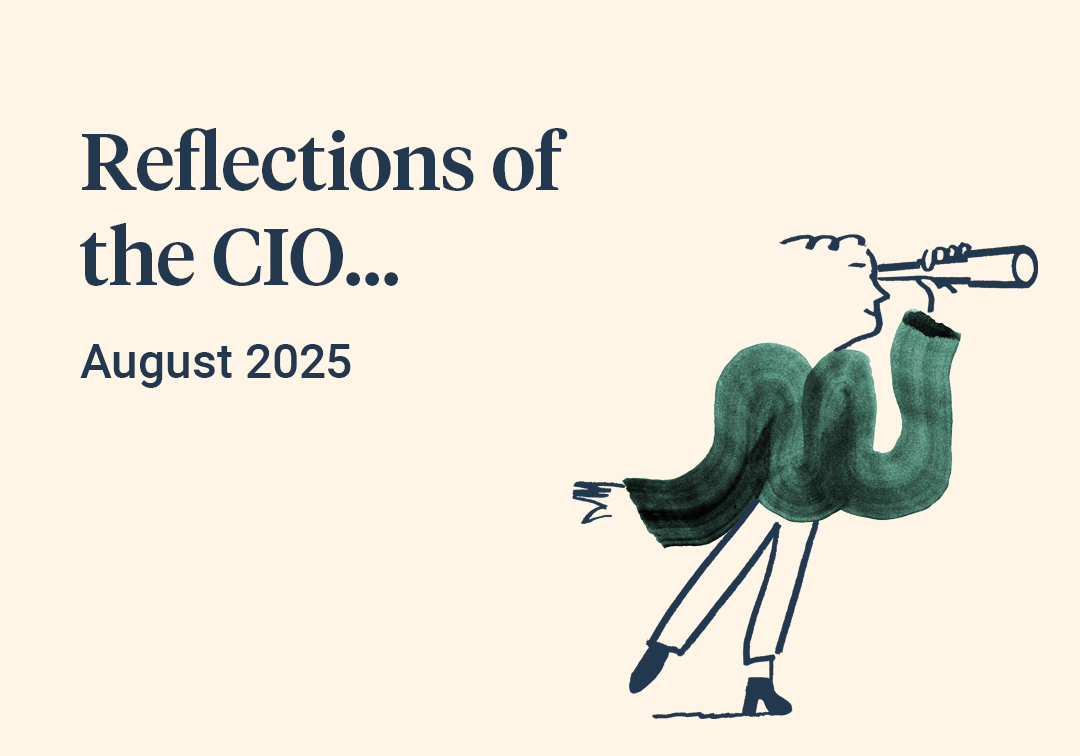In your investment team’s opinion, the first half of 2022 will go down as one of the most complicated investing periods ever. The sheer amount of competing influences which had to be priced simultaneously across geographies and asset classes led to lumpy, erratic trading and, in the end, very weak asset price performance. Some markets had to look back to the Great Depression era for a similar period of weakness, as multiple bubbles popped and valuations in general began their retreat from all-time highs.
As is so often the case, just at the point at which it felt that events could spiral out of control, a strange sort of clarity emerged around which risks really mattered in the medium to long term. This emerging clarity should, in conjunction with more reasonable asset prices, offer a less fraught path for the second half of the year, albeit there is still a fairly large health warning alongside that conjecture.
As a quick recap on the top down situation, markets began 2022 by wrestling with the issue of inflation, which had been boosted to very high levels by Covid lockdowns and the generosity of central banks who kept monetary policy very, very loose in response. As we moved through the first and second quarters, central banks looked increasingly slow in responding to inflationary pressures which Covid had unleashed and dropped even further behind after the Ukraine invasion injected another inflationary shock through spiking commodity prices. The uncertainty generated by events fed directly into asset prices, amplified by the huge amount of debt in the global financial system.
In the last month of the quarter the US Federal Reserve attempted to wrest back control of the inflation narrative with a 0.75bp interest rate increase (three times the previous pace) and a clear statement that they would actively seek to slow end demand in the economy. In layman’s terms they were prepared to cause a recession in the course of taming inflation, seeing it as the lesser of two evils. Market inflation expectations came rattling back and similar rhetoric in the UK and Europe had a similar effect (the Chinese and Japanese being the notable exceptions). As we write the early evidence is that the Fed and peers have succeeded in taking back control of the inflation narrative, leaving investors to focus instead on the chances of these actions causing a recession.



